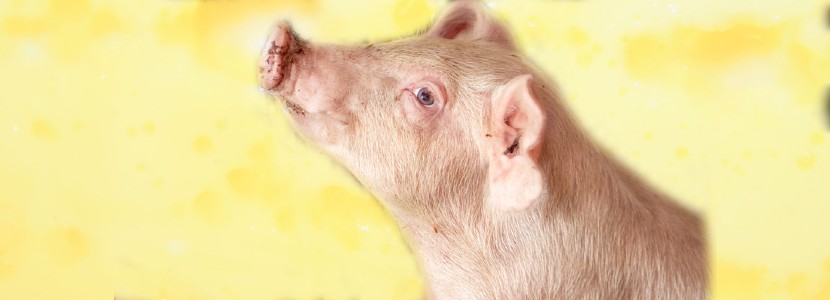 18 Aug 2022
18 Aug 2022
Liquid feeding represents an interesting alternative in pig production. It consists on supplying pigs with aqueous food that is commonly known as “porridge or soup”. This type of feed form is achieved by incorporating water into raw materials.
Its use is particularly interesting in weaning piglets and lactating sows, which are considered as the most problematic categories when it comes to feed consumption. This is especially true during the summer. In addition to this, liquid feed decreases the rate of morbidity and mortality in post-weaning piglets. Considering that a transition from milk to liquid feed is less abrupt than directly transitioning to solid feed. In fattening pigs, stock uniformity improves due to an increase in homogeneous DM consumption, resulting in greater live weight at slaughter. In lactating sows, liquid feed contributes to increases in total feed consumption mainly within hot climates.
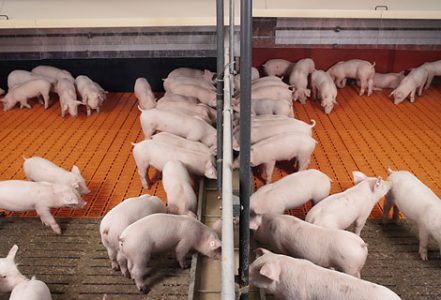
Depending on the time lapse between the preparation of liquid feed and its consumption, it can be classified as:
Preparation and distribution
Stored feed and ingredients within silos are weighed and moved into a tank where they will be mixed for 2 to 4 minutes with water, through the use of agitators. These are responsible for creating a homogeneous mixture. Then, the prepared feed is propelled towards the feeders through a system of pipes and the use of a pump. At the upper end of the descending pipes there is a valve that regulates and allows feed to fall into the feeders. [register]
In order to avoid “demixing” of the feed due to the length and trajectory through the pipes, modern systems usually have spirals in certain sections of the pipes. The final product contains an approximate 250gr of dry matter (DM) and 750gr of water per kg of feed (compared to 880gr of DM with 120gr of water per kg in dry food).
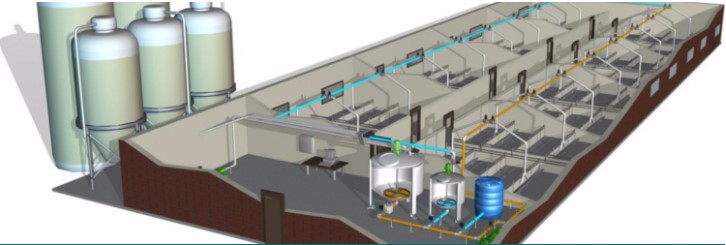
Fermented liquid feed
Fermentation begins when the feed comes into contact with the water. Therefore, even in unfermented liquid foods, there are certain fermentation processes. This is due to the presence of bacteria and yeasts that are naturally found in raw materials which use carbohydrates as an energy source. Therefore, those feedstuffs with higher carbohydrate content, will present greater fermentation levels.
In order to have high amounts of lactic acid produced and inhibit the growth of pathogenic bacteria by lowering pH levels, fermentation must occur rapidly. If there is a high bacterial development, a subsequent pH reduction will be prevented and amino acid(AA) deamination will occur. This generates toxic biogenic amines and decreases their availability.
Yeasts can improve the health status of the gastrointestinal tract by reducing the development of enterobacteria.
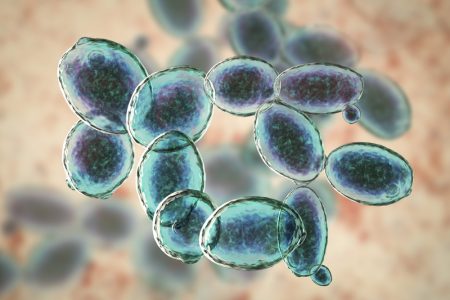
Raw materials used in liquid feed
The most commonly used by-products in liquid diets come from the dough or bread industry, dairy serums, yogurts, and potato scraps.
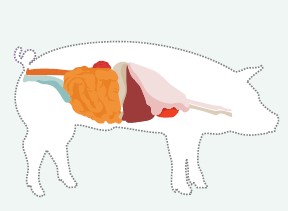
Although the by-products of the food industry usually have a high digestibility, in addition to being very palatable, they have the disadvantage that their nutritional composition is usually very variable. Therefore, laboratory analyses should be performed and periodically reformulated according to the results.
For example, the digestibility of plant-based phosphorus is higher in liquid diets than in dry diets, as a result of increased solubility in contact with water and acidic pH. Lybergal et al. (2006) showed that hydrating foods high in wheat and barley (sources of endogenous phytases) for 1 h (unfermented diets) increased (P<0.05) the digestibility of P compared to dry feed. |
Use of liquid feed in breeding sows
Liquid feeding in lactating sows allows an increase in voluntary intake, especially in times of high heat. This increase in consumption allows sows not to abruptly decrease their body condition during lactation, in addition to ensuring an increase in milk production and a higher rate of ovulation.
In pregnant sows, through liquid feeding, it is possible to maintain a more homogeneous body condition by allowing phased feeding. According to the study by (Gill et al. (2005), the following results have been found in pregnant sows:
➜ 17.1% increase in the number of live birth piglets (10.6 vs. 12.4)
➜ 19.6% more weaned piglets (9.7 vs. 11.6)
➜ 7.8% increase in the weight of the piglet at weaning (8.1 vs. 8.8 kg)
➜ 28.9% increase in litter weight (78.5 vs. 101.2 kg)
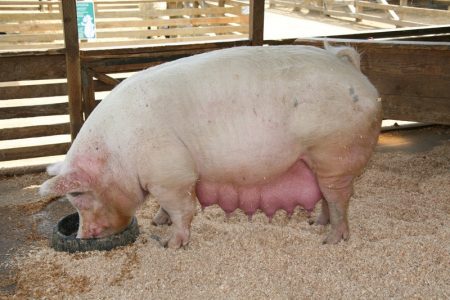
Advantages of liquid feeding
Although liquid feeding generates a greater volume of excreta, these are less polluting since there is a reduction in the excretion of nutrients (N, P or heavy metals).
Pigs that consume liquid diets have a better health status. Due to the lower pH and higher production of lactic acid, a smaller population of coliforms and enterobacteria is observed and, therefore, a lower incidence of colibacillosis at weaning, dysentery caused by Brachyspira spp and ileitis caused by Lawsonia intracellularis. In addition, Salmonella levels are up to 10 times lower when the gastric pH is below 4.2 and the lactic acid level is above 160 mmol/L.
Liquid feed decreases dust production. As a consequence, the risk of airborne transmission of certain pathogens is lower, decreasing the appearance of respiratory problems, as well as erosions and stomach ulcers.
Liquid feeding increases total water consumption with respect to dry feed, higher water consumption could lead to increased digestibility of dry matter from the diet.

Disadvantages of liquid feeding
The main disadvantage of using liquid feed in the production of pigs lies in the high cost required by the facilities and their maintenance. It is estimated that the initial investment for a shed with capacity for 2000 capons is approximately 10 times more than the cost of facilities with dry diets.
According to Russell et al. (1996), the main drawbacks of liquid feeding are:
1) Qualified and/or experienced personnel are required;
2) Higher transportation costs;
3) Revisions of ventilation systems are necessary, especially in winter;
4) Cases of rectal prolapses in pigs between 30 and 50 kg in weight increase
5) Increases the volume of droppings
6) Cleaning the facilities is more difficult
In general, in this type of installation it is recommended to carry out a daily cleaning that consists of rinsing and recirculation with acidified water (pH < 4) and alkalized (pH >12) once a week
[/register]
Subscribe now to the technical magazine of animal nutrition
AUTHORS
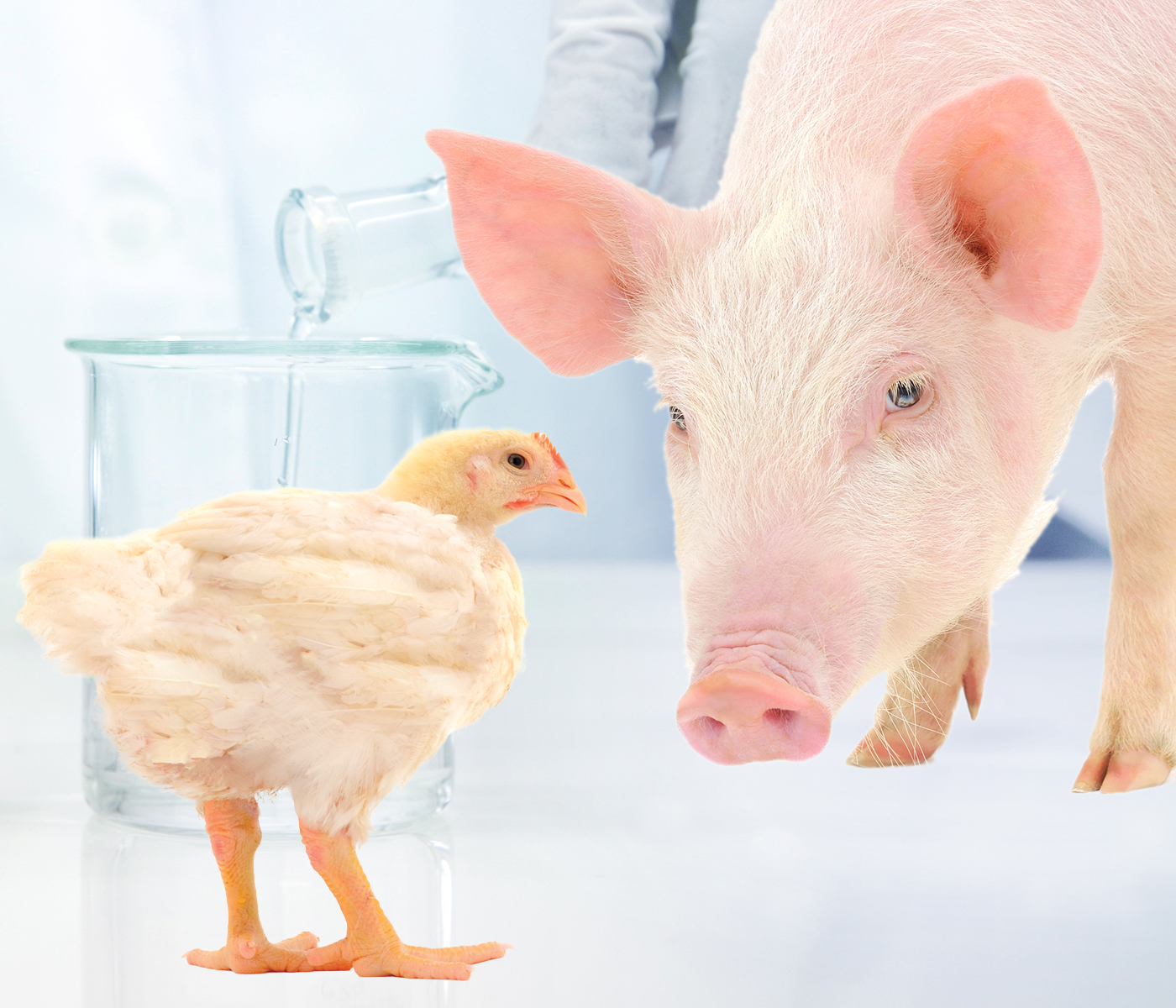
Still using Choline Chloride in animal nutrition?
Maria Alejandra Perez Alvarado
Unlocking the Potential of Sorghum in Poultry and Swine Nutrition
Vivian Izabel Vieira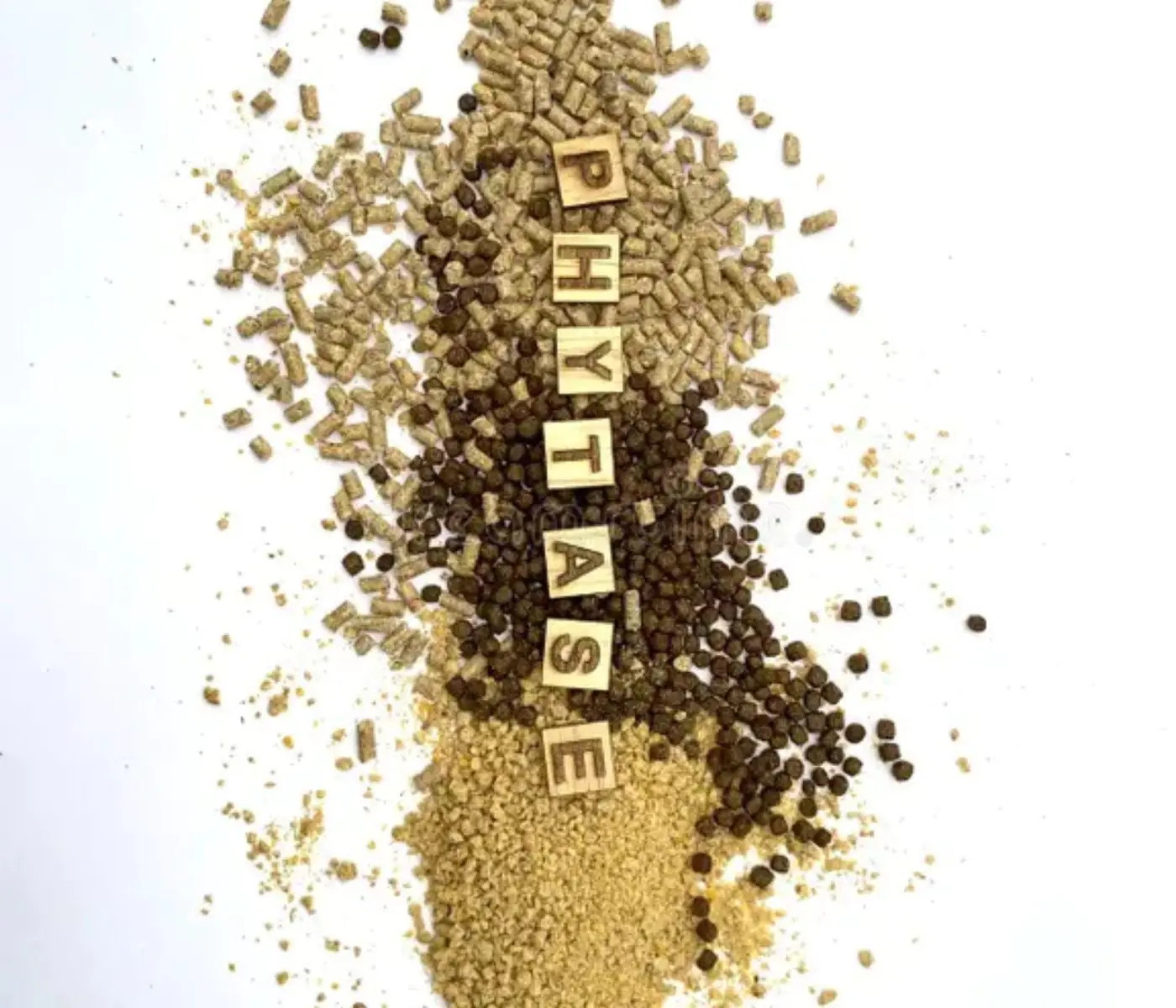
The Secrets Behind a Phytase
Juan Gabriel Espino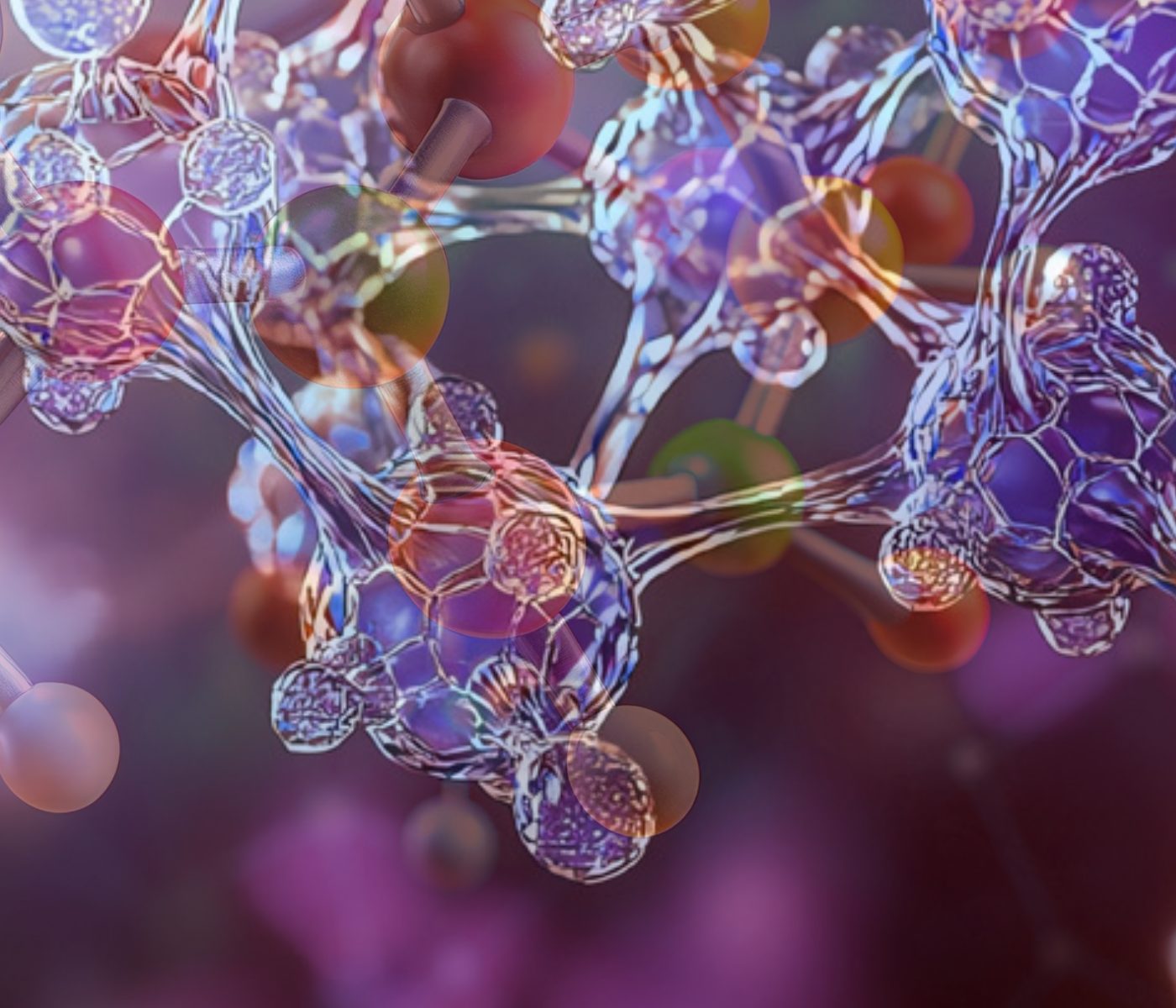
Nutrient and energy content of synthetic and crystalline amino acids
Edgar Oviedo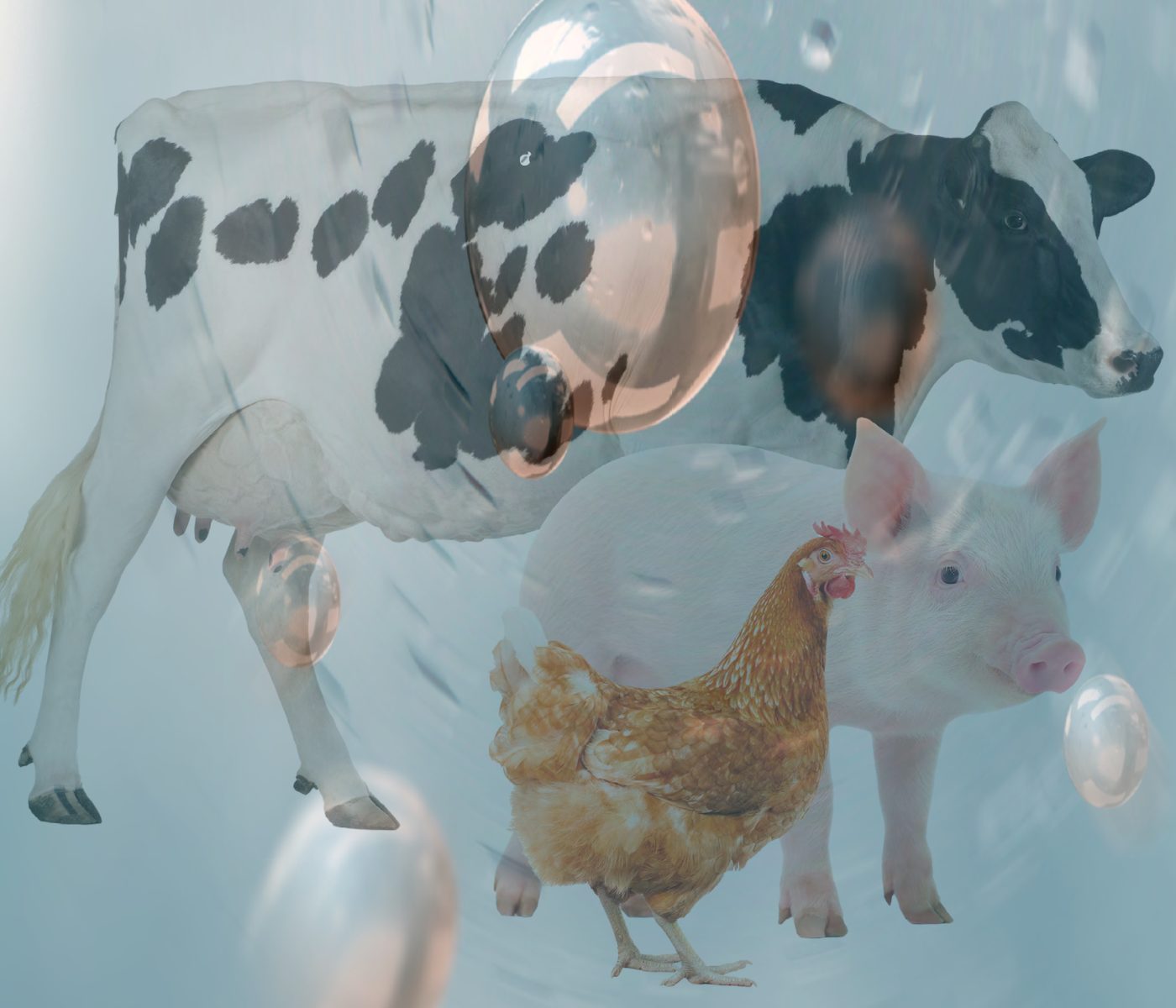
Micro Minerals, Macro Impact: Enhancing Poultry, Swine, and Cattle Nutrition
Gustavo Adolfo Quintana-Ospina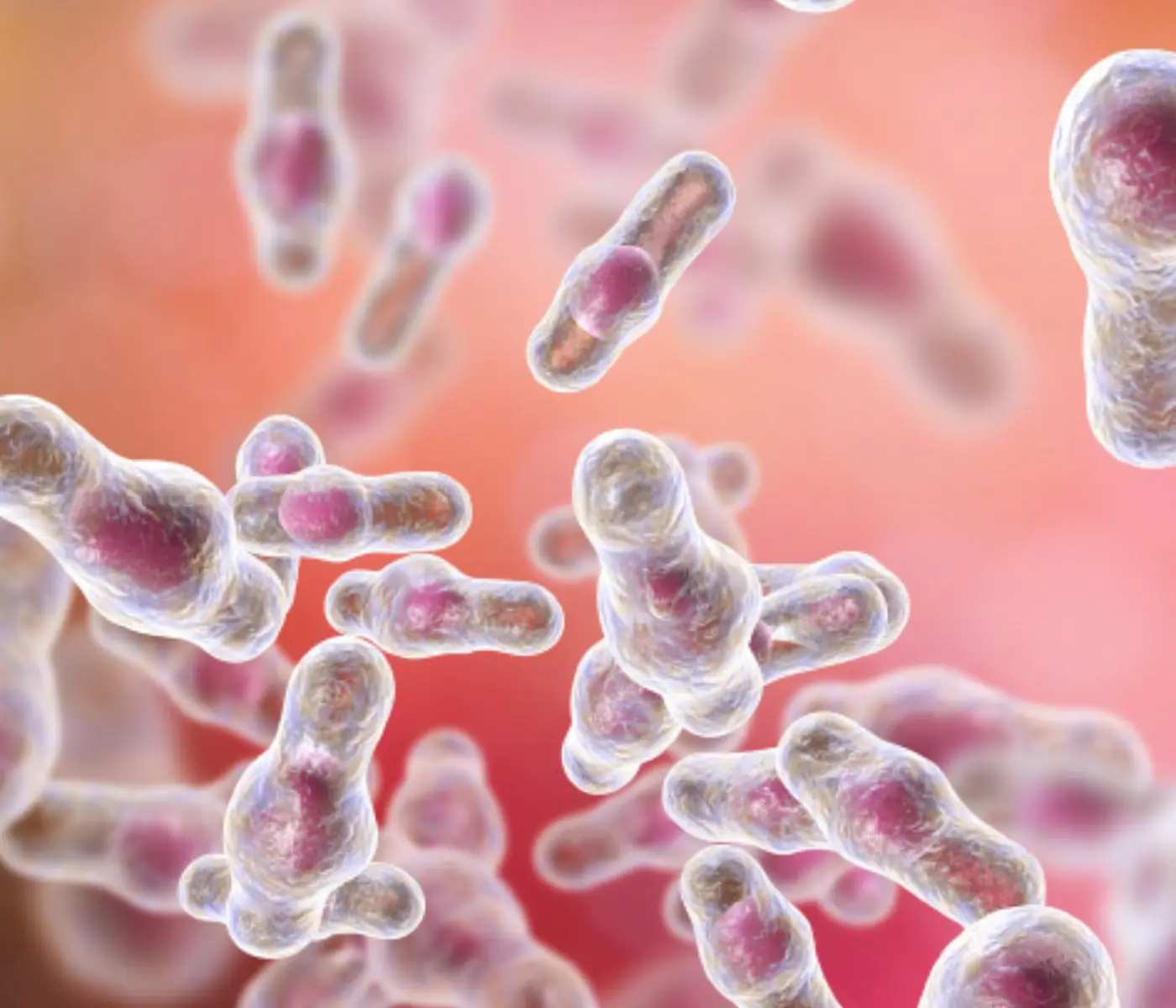
Smart Nutrition: Targeted Strategies to Combat Necrotic Enteritis in Broilers
M. Naeem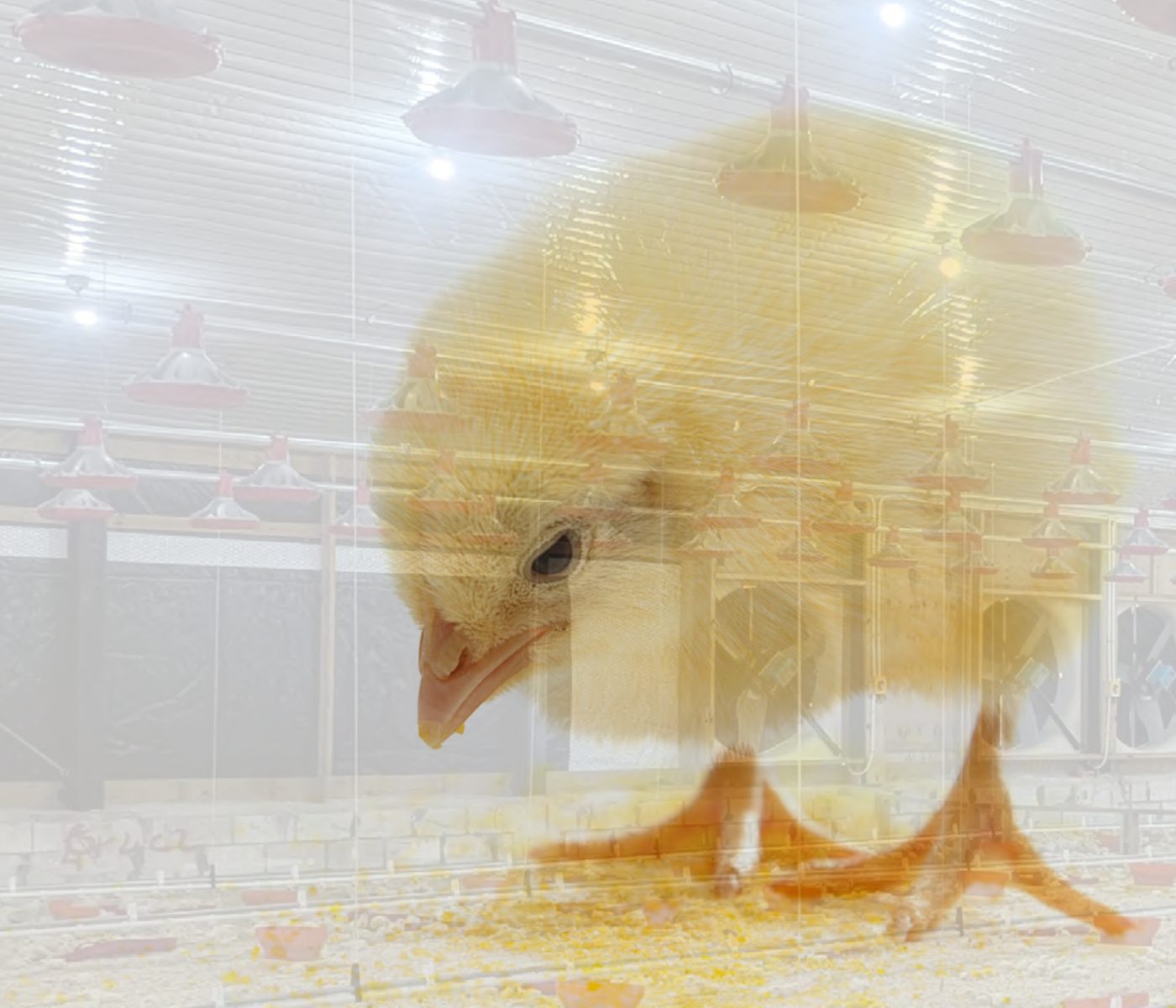
Navigating Poultry Nutrition in a Tropical Environment
Tanika O'Connor-Dennie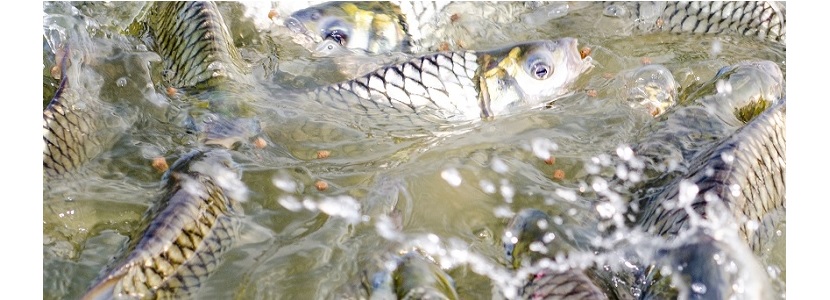
Protein in Aquafeeds: Balancing Requirements, Sources, and Efficiency
Jairo Gonzalez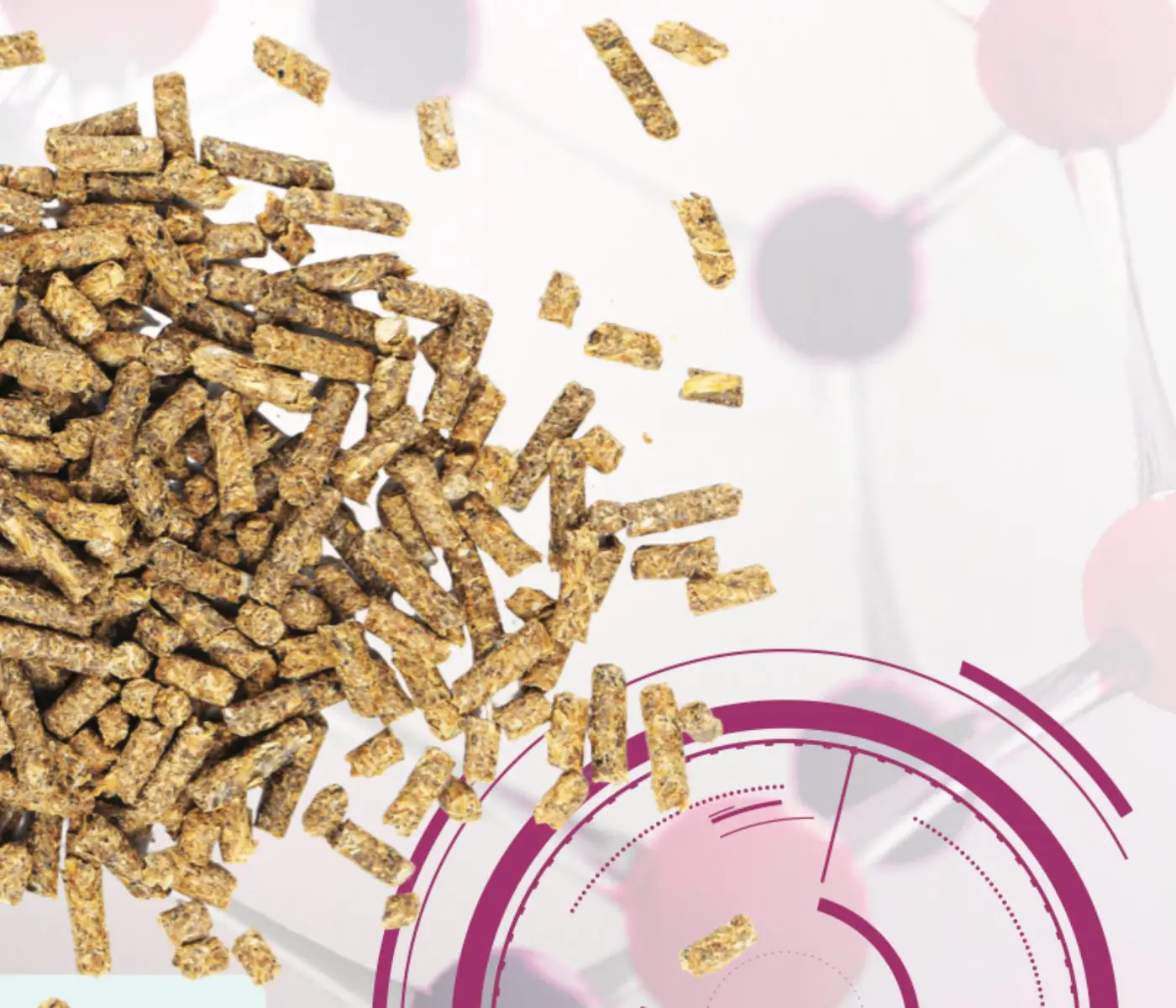
Use of oxidized fats in pigs: risks and considerations
Maria Alejandra Perez Alvarado